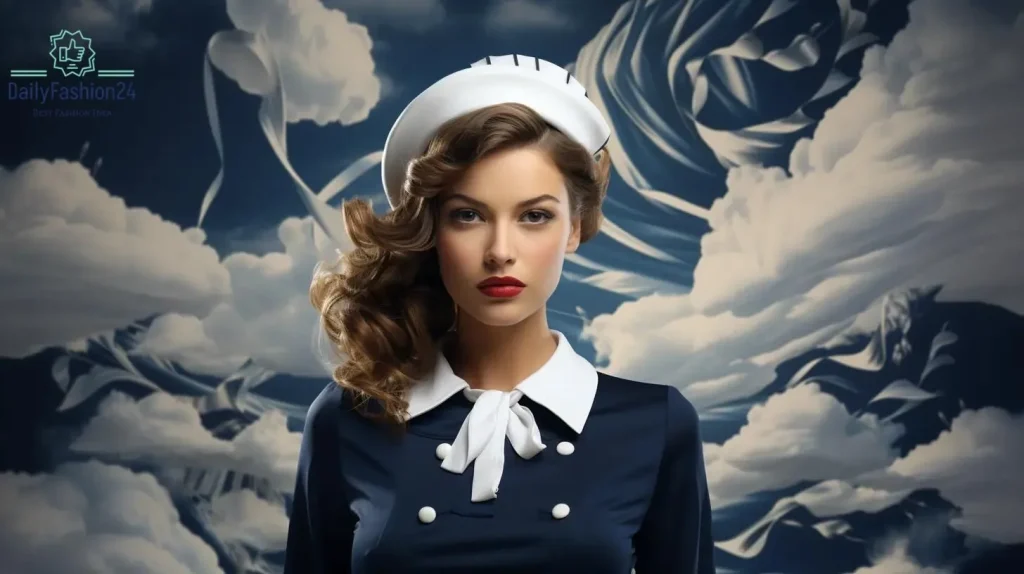
Exploring Fashion Time Warp Style: A Journey Through Time in Fashion
Fashion Time Warp style is a fascinating trend in fashion that looks back into the past, fusing different historical aesthetics into one look. This style combines elements from various eras to constitute an exceptional and collected mix that acknowledges numerous fashion histories. By overlapping styles of earlier times, Fashion Time Warp makes for a lively fashionable statement that appreciates history while pushing the boundaries of present-day design.
What is Fashion Time Warp Style?
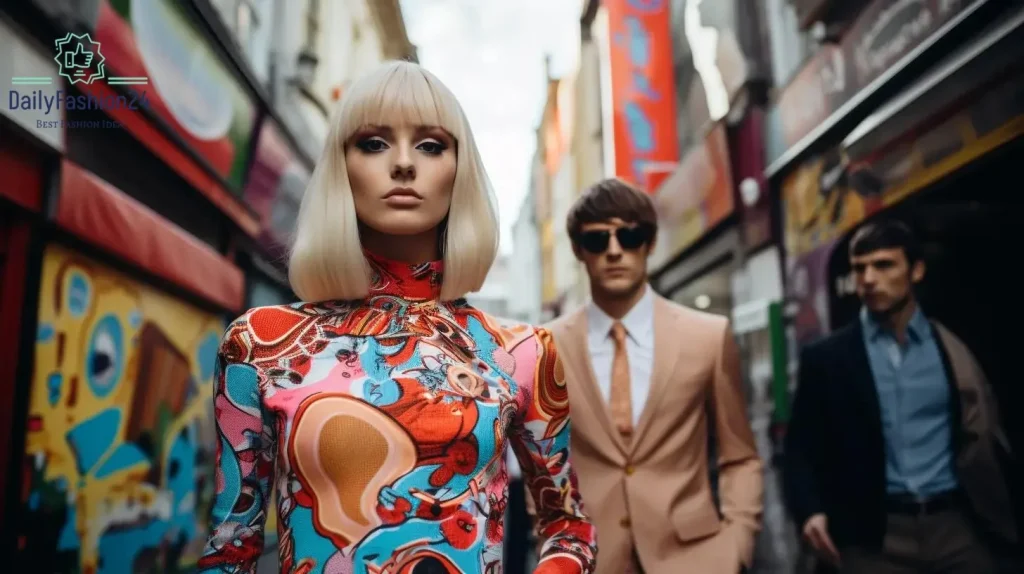
Fashion time warp style refers to the fusion of fashion elements drawn from diverse historical periods. Unlike trends that are based on one era, the Time Wrap style incorporates styles from various periods hence leading to complex and layered outlooks. This way creative reinterpretation of historical fashion becomes possible making it possible to achieve a unique and often fanciful aesthetic.
Defining Characteristics of Fashion Time Warp Style
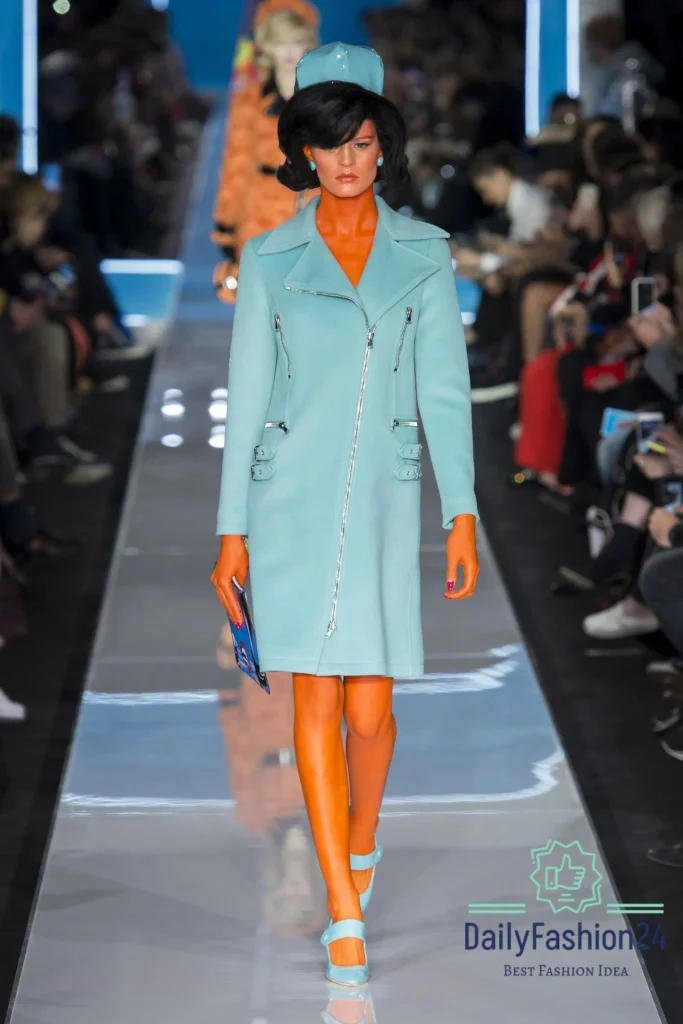
Eclectic Mix of Eras:
The core concept behind Fashion Time Warp lies in its multilayered collection of different time zones. This might consist of choosing Victorian silhouettes with 1970s bohemian aspects or comparing 1980s glam to 1920s Art Deco features. The trick here is mixing styles in such a manner so that they appear like they were meant to be put together.
Layered and Textured Looks:
Fashion Time Warp typically has outfits consisting of layers with multiple textures and materials. These may involve mixing fabrics such as velvet, tweed, leather, and chiffon among others for a richly textured appearance. The layering increases this complexity while also reflecting upon several influences evident within different temporal realms.
Bold Color Combinations and Patterns:
This trend embraces daring color combinations plus patterns going across centuries. For example, one may see vibrant psychedelic prints from the 60s combined with muted earthy tones from the seventies or opulent shades associated with Victorian times. These patterns can range from paisleys or florals to geometric or plaid patterns.
Vintage Accessories and Details:
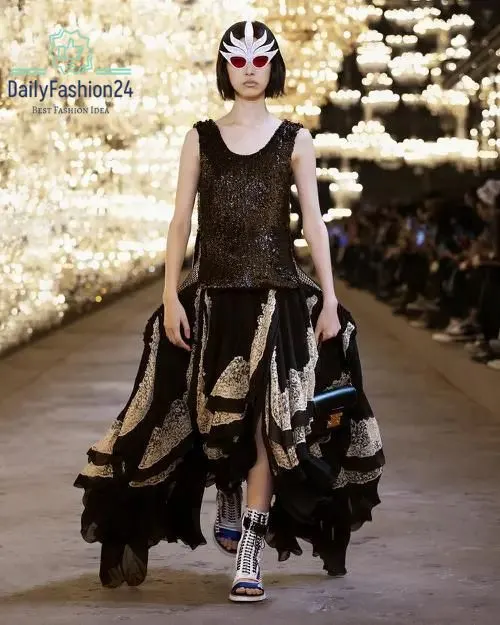
Accessories are very important in the Fashion Time Warp. Often, vintage-influenced accessories like old-fashioned hats, brooches, and statement jewelry are used to bring out the historical influences in an outfit. Features such as ruffled collars, oversized bows, and intricate embroidery add to the layered historical narrative.
Fusion of Silhouettes:
This style often involves the combining of silhouettes from different periods. A good example is when a flowy bell bottom trouser from the 70s is coupled with a top inspired by the Victorian era or when a full skirt from the 1950s is matched up with an 80s shoulder-padded blazer. The fusion of silhouettes produces visually striking and unique looks.
Origins and Evolution of Fashion Time Warp Style
The fashion time warp comes as a result of fashion’s cyclical nature where past styles resurface again in contemporary design. This inclination has been facilitated through an increasing interest in historic fashion and designers as well as fashion enthusiasts’ exploration of various periods. The evolution of the Time Wrap style on the other hand reflects a wider trend towards eclecticism which marries old with new.
Designers and fashion houses have played a crucial role in making this style popular by adopting historical elements that they combine in innovative ways. Additionally, there is now greater accessibility to vintage and archive fashion hence encouraging more exploration into past aesthetics for Fashion Time Warp too.
The Fashion Time Warp Style Effects
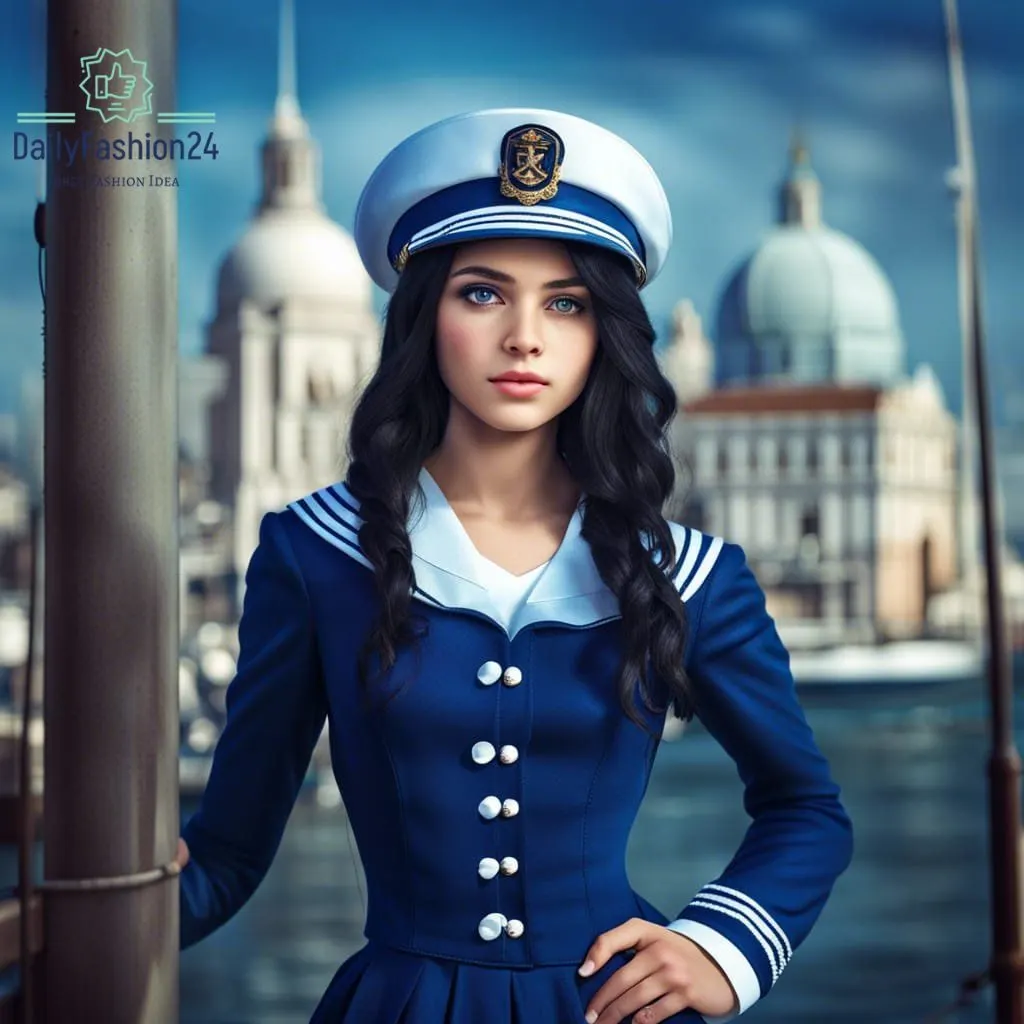
Celebrating Fashion History:
This is achieved by integrating elements from different periods in one look, allowing for a diversity of fashion as well as its evolution, thus giving a full picture of the way it has been influenced over time.
Encouraging Creative Expression:
The eclectic nature of the style allows for creative expression and experimentation thereby helping individuals to choose their eras and styles so that they could come up with unique outfits that reflect their tastes and preferences.
Influencing Contemporary Trends:
Contemporary fashion trends have been influenced by blending historical styles with modern design. Frequently designers draw upon themes like those found in ‘Fashion Time Warp’, which involves incorporating elements from past-based aesthetics in the collections therefore rekindling interest in vintage and retro looks.
Promoting Sustainability:
Sustainable practices are supported by this program through reinterpreting and recycling aspects of historical fashion, thus tents promoting these ideas about recycling other clothes made out of old fashions hence reducing waste.
